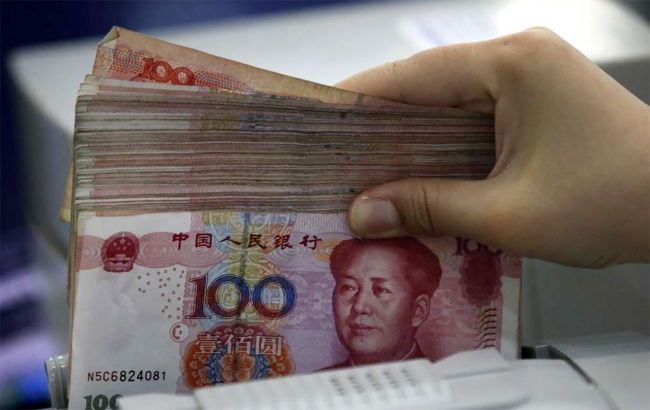India starts paying for Russian oil in yuan - Reuters
 Illustrative photo: India starts paying for Russian oil in yuan (Getty Images)
Illustrative photo: India starts paying for Russian oil in yuan (Getty Images)
Traders offering Russian oil have begun demanding that Indian state-owned refineries make payments in yuan. One company has already completed a transaction in the Chinese currency, Reuters reports.
According to agency sources, India’s leading state-controlled oil company, Indian Oil Corp, recently made payments in Chinese yuan for two to three shipments of Russian oil.
Western sanctions imposed on Russia following its 2022 invasion of Ukraine have accelerated the use of alternative currencies, including the yuan and UAE dirham, for oil transactions that were long dominated by the dollar.
In 2023, Indian state-owned refineries made some payments for Russian oil in yuan but stopped due to the Indian government’s concerns amid rising tensions with Beijing, although private refineries continued using the Chinese currency.
Now, traders who previously had to convert payments from dirhams or dollars into yuan — the only currencies that can be directly exchanged for rubles needed to pay producers — aim to eliminate this costly step in the process.
Reuters sources also said that traders priced Russian oil in dollars to comply with the European Union’s price cap, while seeking equivalent payments in yuan.
Payments in yuan are expected to increase access to Russian oil for Indian state-owned refineries, as some traders do not accept other currencies.
India buys oil from Russia
Russia now covers about 40% of India’s oil needs, making the country the largest buyer of Russian seaborne crude. Before the war, this share was less than 1%.
Analysts estimate that since 2022, India has saved at least $17 billion by increasing imports of discounted Russian oil.
Indian oligarchs buy oil at significant discounts, refine it, and export fuel to Europe, Africa, and Asia. The revenues go to the military budget of Russian President Vladimir Putin.
Meanwhile, in August, US President Donald Trump signed a decision to impose 50% tariffs on Indian imports. The move aims to punish New Delhi for continuing purchases of Russian oil, which, according to Trump, finances Russia’s war against Ukraine.
The US has repeatedly pressured India over its cooperation with Russia in the oil sector. Washington accuses New Delhi of helping the Kremlin profit from discounted Russian oil, which is used to fund the war in Ukraine.
The 50% US tariffs could cost the Indian economy up to $20 billion in just one year.
However, India only slightly reduced its purchases of Russian oil after Trump’s tariffs.

